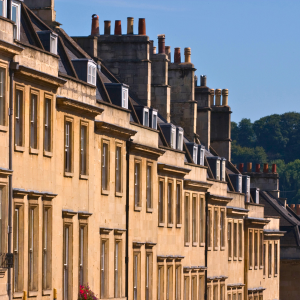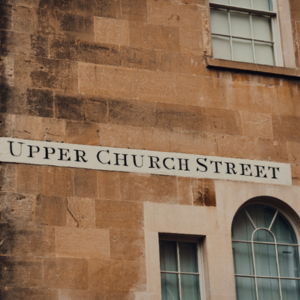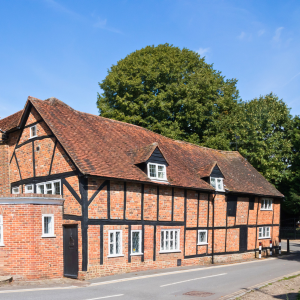|
Grade II listed building restrictions
 According to Historic England, there are around 400,000 listed buildings in England, with over 90% classified Grade II. Grade II listed buildings are of special historic or architectural interest and warrant every effort to preserve them.
According to Historic England, there are around 400,000 listed buildings in England, with over 90% classified Grade II. Grade II listed buildings are of special historic or architectural interest and warrant every effort to preserve them.
The older a building, the more likely it’s listed. Invariably, buildings largely in their original condition and built before 1700 are listed. And most properties built between 1700 and 1850, likewise. However, age is not the sole consideration – England’s youngest Grade II property is of 1998 vintage.
Always approach buying a listed building with your eyes firmly open. Romantic notions of life cradled within historic walls are often little more than a fleeting novelty. You may forgive and even develop a strange affection for draughts, condensation, sloping floors, impossibly high ceilings, absurdly low ceilings/beams/door lintels, creaking floorboards, and your home’s innumerable other quirks. What can quickly become exasperating, though, is the realisation of just how little change to the property is possible without first obtaining listed building consent.
In reality, you are the temporary custodian of a small piece of English heritage, and woe betide you should you carry out unauthorised works to this national treasure. Doing so can land you in court, facing up to two years in prison and an unlimited fine. And you’ll also face the often eyewatering cost of complying with a listed building enforcement notice.
“I cannot recommend Victoria more highly. Right from the start, we felt we were in safe hands. She is knowledgeable, responsive, supportive, thorough, kind, and always completely on top of the situation. In short, she combines professionalism with a real human touch.” D.N.
What can you do to a Grade II listed building?
 As you might expect, Grade II listed building restrictions are not quite as onerous as those for Grade II* and Grade I. In very general terms, for a Grade II listed building, you probably will not require listed building consent for general maintenance and minor repairs. But anything deemed a “material change” requires consent. That might include something seemingly innocuous as repainting external window frames and doors in a different colour. Also, remember the same rules apply to any building or structure within the curtilage of the listed building.
As you might expect, Grade II listed building restrictions are not quite as onerous as those for Grade II* and Grade I. In very general terms, for a Grade II listed building, you probably will not require listed building consent for general maintenance and minor repairs. But anything deemed a “material change” requires consent. That might include something seemingly innocuous as repainting external window frames and doors in a different colour. Also, remember the same rules apply to any building or structure within the curtilage of the listed building.
My strong advice with any interior or exterior work to a listed building is, if you have any doubt, check first. Many local authority planning departments employ a conservation officer who can offer specialist advice on older buildings. Discuss your plans with them, take their advice on board and be willing to consider compromise. Doing so can make the process much smoother and save you considerable time and money. And remember, it’s advisable not to upset the conservation officer – you may wish to carry out further works in the future! Find details of your local authority here.
No two scenarios are the same, and what is allowed in one case might be refused in another. However, these are examples of works to a Grade II listed building where, following inquiry, listed building consent was not required:
- Painting interior walls.
- Replacing modern fittings in the kitchen and larder.
- Sensitive repairs to a sash window.
BUT – I repeat, ALWAYS check first!
“Victoria was strongly recommended to me, and I can honestly say she is the best solicitor I have ever used. Professional but very approachable and kind.” C.P.
Modern additions to listed buildings
 One thing that people often find surprising is that removing relatively modern additions to a listed building is very likely to require consent. The rationale is that such additions form part of the evolution of the building and should remain.
One thing that people often find surprising is that removing relatively modern additions to a listed building is very likely to require consent. The rationale is that such additions form part of the evolution of the building and should remain.
However, should you wish to extend a listed building, attitudes have certainly changed. In the past, planners sought a seamless blend of old and new. The opposite is often true nowadays, with a preference for a clear aesthetic divide between the historic building and the modern extension.
Listed Property Owners Club
The Listed Property Owners’ Club is a good source of information. The Club is a membership organisation helping owners of listed buildings with information and advice on their properties’ maintenance and their obligations and responsibilities.
Historic England
In addition, A Guide for Owners of Listed Buildings is free to download from Historic England’s website.
Check out Victoria’s Listed Building Consent Checklist. |

 Residential property specialist
Residential property specialist